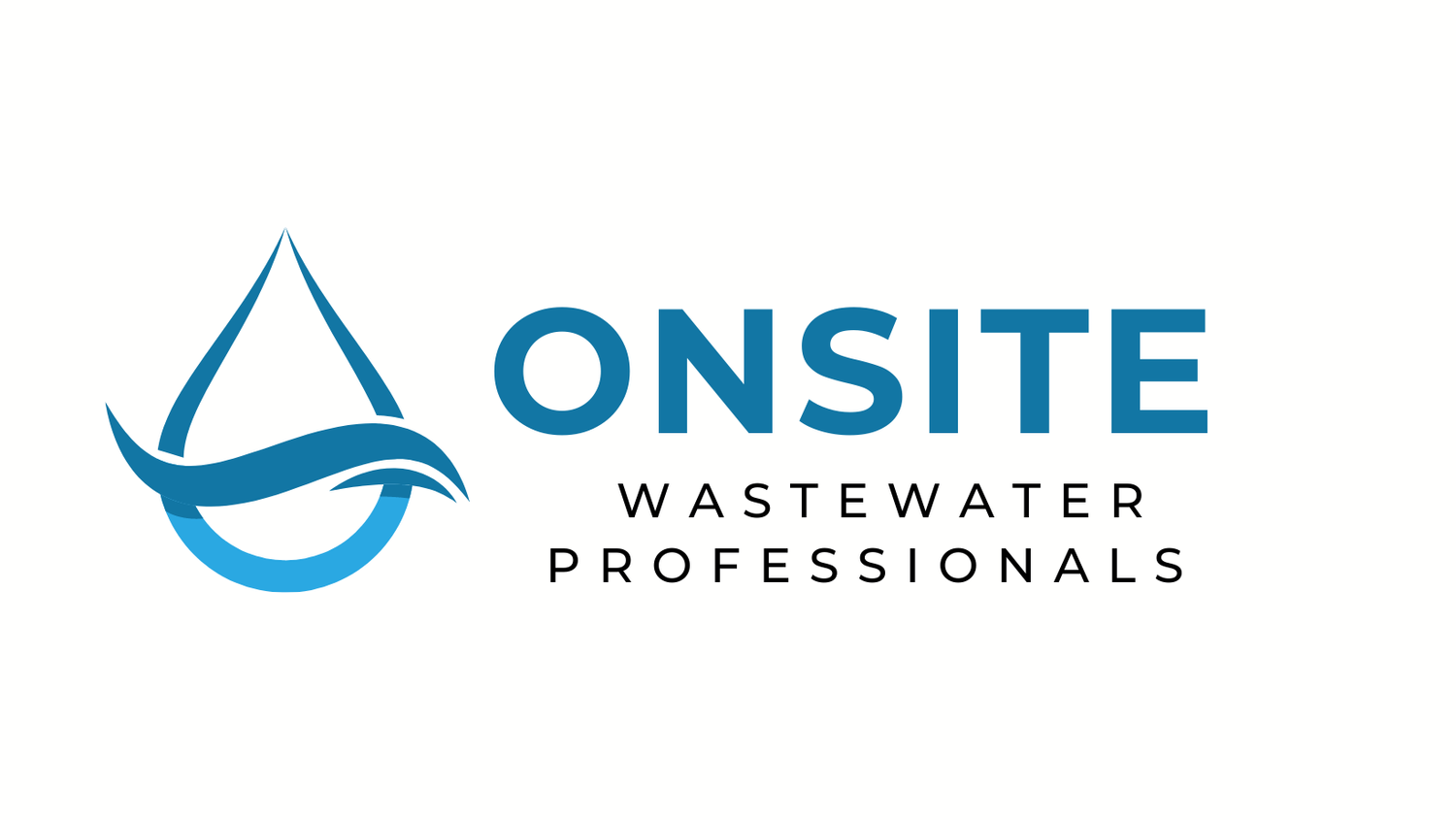The Science of Soil
Soil Basics for Septic System Design and Installation
This continuing education class is designed to provide onsite wastewater professionals with a comprehensive understanding of soil basics. The course will cover the following topics:
Soil properties and characteristics
Soil types and classifications
Soil testing methods and procedures
Soil health and management practices
Soil and septic system interactions
The class will begin with an overview of soil properties and characteristics, including texture, structure, and color. We will then discuss soil types and classifications, focusing on the three main categories of soil: sand, silt, and clay.
Next, we will delve into soil evaluation methods and procedures. This section will include hands-on activities to enhance understanding and practical skills. Participants will learn how to perform texture analysis, identify soil wetness conditions, and determine soil mineralogy.
Following the hands-on activities, we will explore the importance of soil and the impact of soil on septic system performance. We will also discuss soil health and management practices that can improve the function and longevity of septic systems.
Finally, we will examine the complex interactions between soil and septic systems, including the effects of soil compaction, infiltration rates, and nutrient cycling on system function and longevity.
By the end of this course, participants will have a solid understanding of soil basics and their critical role in septic system installation and maintenance. The course will also cover important safety considerations and regulatory compliance requirements.
Agenda
I. Introduction
Course overview and objectives: Introduce the course's structure, goals, and learning outcomes to provide students with a clear understanding of the topics and skills they will acquire throughout the course.
Importance of understanding soil basics for onsite wastewater professionals: Emphasize how a solid grasp of soil fundamentals is crucial for professionals working with onsite wastewater systems to ensure proper design, installation, and maintenance of these systems.
Safety considerations and regulatory compliance requirements: Discuss the safety precautions and regulatory guidelines that must be followed to protect both human health and the environment.
II. Soil Properties and Characteristics
Texture, structure, and color: Explore the physical properties of soil, including grain size, arrangement of particles, and appearance, which can provide insights into soil type and quality.
Soil horizons and layers: Examine the different layers of soil, their formation, and the significance of each layer in understanding soil properties and function.
Soil composition and organic matter content: Discuss the various components of soil, including minerals, organic matter, air, and water, and their impact on soil fertility and structure.
III. Soil Types and Classifications
Three main categories of soil: sand, silt, and clay: Define the primary soil categories based on particle size and explore their unique properties and characteristics.
Soil particle size and distribution: Understand the significance of particle size in determining soil type, and how the distribution of different particle sizes impacts soil behavior and function.
Soil classification systems: Introduce various soil classification systems used to categorize and describe soils based on their properties, aiding in soil management and onsite wastewater system design.
IV. Soil Evaluation Methods and Procedures
Why soil evaluation is important: Highlight the significance of soil evaluation for making informed decisions related to onsite wastewater system design, installation, and maintenance.
Common soil evaluation methods: Present widely-used soil evaluation techniques, such as soil sampling and field evaluations that help determine soil properties and suitability.
Interpreting soil evaluation results and making site-specific recommendations: Teach students how to analyze soil evaluation data and make informed recommendations based on site-specific conditions.
Vegetation as an indicator of soil characteristics: Discuss how various plant species can provide valuable clues about soil properties, such as moisture levels, nutrient availability, and soil texture. Understanding the relationship between vegetation and soil can help onsite wastewater professionals make informed decisions about system design and placement.
V. Soil and Septic System Interactions
How soil characteristics affect septic system performance: Explain the influence of soil properties on the functioning and effectiveness of onsite wastewater systems, including treatment and disposal processes.
Soil compaction and infiltration rates: Discuss the impact of soil compaction on infiltration rates, which can affect septic system performance and longevity.
Nutrient cycling and soil biology: Explore the role of soil organisms in breaking down and processing nutrients in wastewater, contributing to the treatment process.
How water moves through soil and how wastewater is treated as it moves through soil: Describe the process of water movement and treatment within the soil profile, emphasizing the soil's role in wastewater treatment.
Common issues with soil suitability for septic systems: Identify and address frequent challenges associated with soil suitability for onsite wastewater systems, such as poor drainage or high groundwater levels.
VI. Conclusion
Review of key concepts and takeaways: Summarize the main points and lessons learned throughout the course, ensuring students have a strong understanding of soil basics and their importance in onsite wastewater management.
Importance of ongoing maintenance for septic system function and longevity: Emphasize the need for regular septic system maintenance to ensure proper function, prevent environmental contamination, and extend the system's lifespan.

